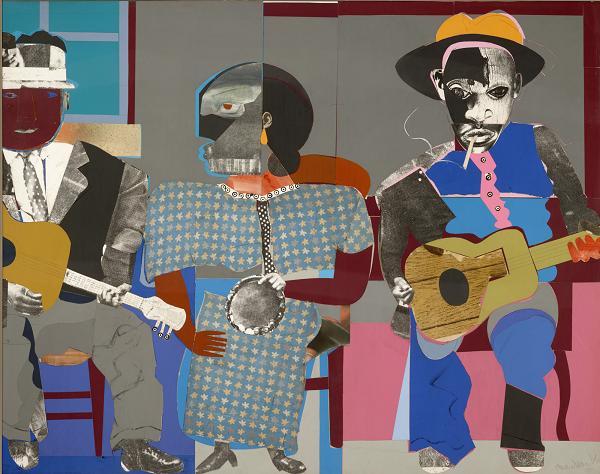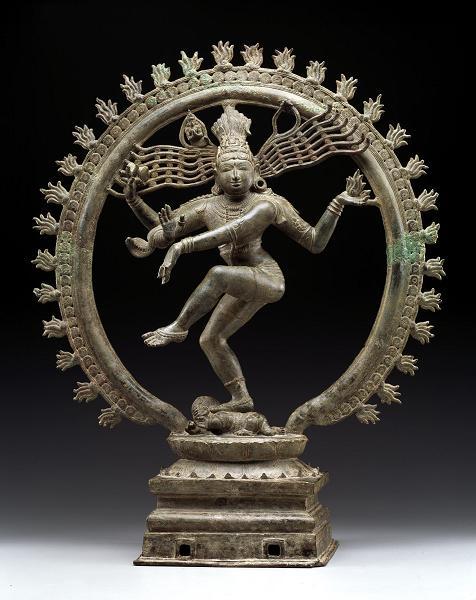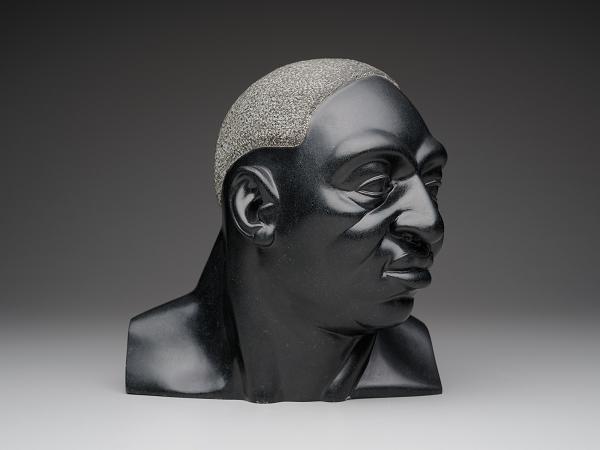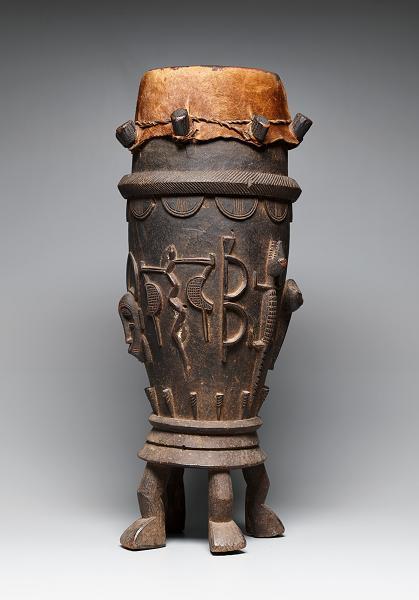Think back to your favorite scene in a movie. Was it action packed? Romantic? Full of suspense? Chances are that the music—the film’s score—helped create the mood of the scene.
Now think about your favorite work of art. How would you describe its mood or feeling? How did the artist convey that mood? When we describe the mood of a work of art, we typically think about visual elements like color, the quality of the brushstrokes, and composition. But sometimes, even with a work of art, music can enhance your experience.
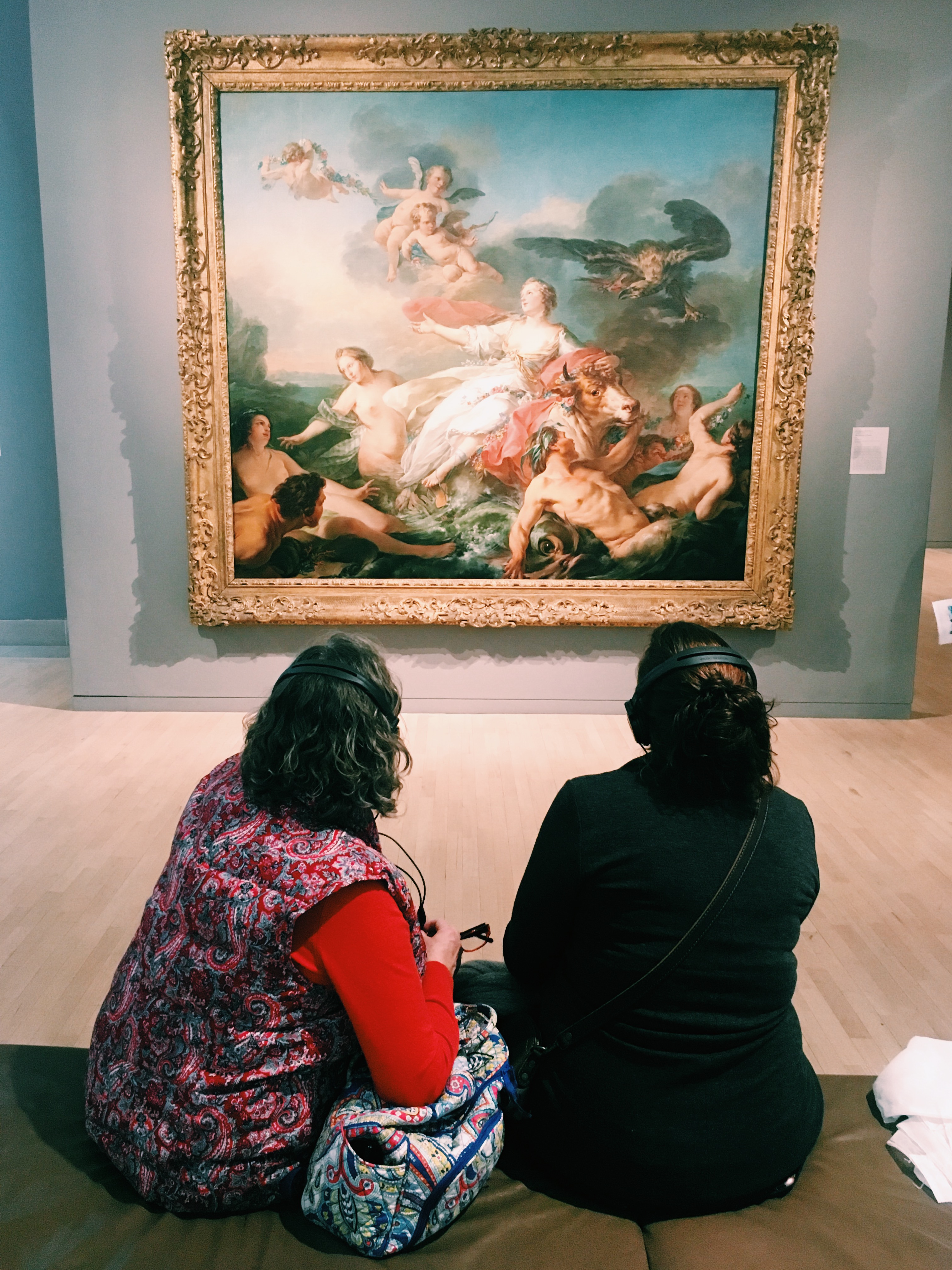
We recently paired up with two local musicians, Clint Niosi and Claire Hecko, and invited them to imagine one minute “film scores” for a handful of works of art in the 18th Century European Gallery. Meet the musicians, learn about their process, and hear a sample of their work below.
Tell us about yourselves-in 50 words or less.
Clint Niosi: I’m a songwriter, film score composer, and audio engineer from Fort Worth. I also work as a Digital Technology Specialist for the Art + Art History Department at UT Arlington.
Claire Hecko: INFP, musician, composer, picture maker, seamstress, cat lover and motorcycle enthusiast, among other things. My primary instruments are viola and bass. I like long walks in the desert and good manners.
How would you describe your process of creating a “score” for a work of art?
Clint Niosi: While I wasn’t really sure how to approach it initially, I ended up using basically the same process I would have used for a film score. I try to find the emotional core of the scene and use the music to help move the story forward. Once I feel like I’ve found the mood I add or take away layers until it feels right with the picture.
Claire Hecko: I have very little education in music theory, so I’m not entirely sure how to best describe my process. I consider the feelings I want to embody in a piece and try to determine how to best represent them musically. Often, this entails picking up an instrument and just playing around on it until I come up with something that will serve as a foundation for the piece. From there, I begin adding layers to build a complete composition.
Were there any challenges?
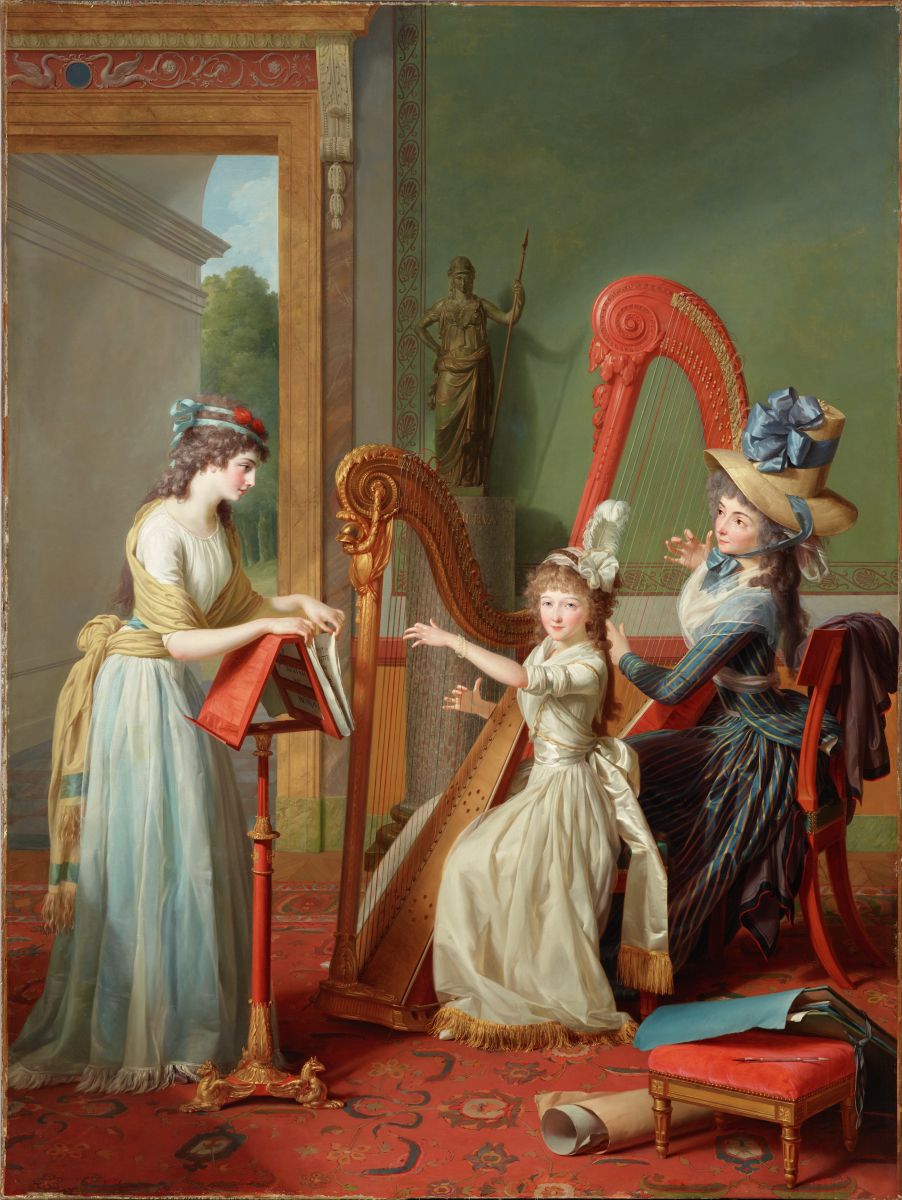 Clint Niosi: Yes there were. Creating a modern composition outside the historical milieu in which the paintings are set seemed very daunting. Also, the limited duration of the format (one minute per piece) was an additional challenge. Some of the paintings have very complex stories and complicated emotions to convey. Ultimately I just dove in and had fun with it.
Clint Niosi: Yes there were. Creating a modern composition outside the historical milieu in which the paintings are set seemed very daunting. Also, the limited duration of the format (one minute per piece) was an additional challenge. Some of the paintings have very complex stories and complicated emotions to convey. Ultimately I just dove in and had fun with it.
Claire Hecko: My biggest challenge was creating the “score” for The Harp Lesson by Jean Antoine Theodore Giroust – I had many ideas, but no access to (or training to play) a harp. Thankfully, technology allowed me to replicate the sound of a harp on a laptop.
What did you enjoy most about this opportunity?
Clint Niosi: It was such a treat to have a chance to collaborate with the DMA. I’m an art enthusiast and a long time fan of the DMA’s permanent collection. The chance to dive into something like this is something I will always remember. It was a learning experience.
Claire Hecko: My degree is in Art History, a subject close to my heart. The opportunity to represent a work of art through music was very exciting for me!
Stop by the Pop-Up Art Spot this Saturday to check out an iPod and listen to the “film scores” composed and recorded by Clint Niosi and Claire Hecko.
Jessica Fuentes
Manager of Gallery Interpretation and the Center for Creative Connections
Emily Wiskera
Manager of Access Programs
